(HNMO) - The 2022 audit results of the State Audit showed that some banks' credit growth exceeded the maximum allowed level.
According to the 2022 audit results report sent by the State Audit Office (SA) to the National Assembly on the audit results of enterprises and banking and financial institutions, in 2022, the SAV audited the financial statements and activities related to the management and use of state capital and assets in 2021 of the State Bank and 5 financial, banking and insurance institutions.
The results show that in 2021, the State Bank implemented many solutions to manage monetary policy and banking operations, contributing to controlling inflation at 1.84%, stabilizing the macro- economy , supporting economic growth, and stabilizing the money and foreign exchange markets.
Audited banks ensure safety indicators in operations, profitable business, and bad debt ratio on balance sheet below 3%.
However, with the general credit growth rate of the economy at 13.61%, credit growth for most potentially risky sectors is higher than the general growth rate, the ratio of outstanding credit of the economy to GDP is high (114.3% in 2020; 113.2% in 2021); there are no legal documents specifically regulating the management and control of general credit growth targets and credit growth targets for each credit institution.
Notably, some credit institutions increased their credit growth beyond the maximum level allowed by the State Bank. For example, exceeding the maximum credit growth assigned in the year were Viet Capital Commercial Joint Stock Bank (assigned 13.48%, implemented 15.67%), Bao Viet Commercial Joint Stock Bank (assigned 5.5%, implemented 31.82%); exceeding the maximum credit growth at various times during the year was Orient Commercial Joint Stock Bank (at July 31, 2021, August 31, 2021, September 30, 2021, October 31, 2021).
Some financial investment units are ineffective or ineffective; have outstanding debts that have not been completely resolved; have not accounted for revenue, income, and expenses in accordance with regulations; have not declared and paid taxes on income from providing letter of credit services as prescribed.
Regarding the thematic audit of the implementation of the Project on restructuring the system of credit institutions associated with handling bad debts in the period of 2016-2020, the results of the project implementation by the end of 2020 showed that the operations of the banking system were basically controlled safely; the financial capacity and governance of credit institutions were improved, approaching international practices; the situation of investment, cross-ownership and ownership with manipulative and dominating nature in related credit institutions was gradually handled and eliminated; the business model gradually shifted from dependence on credit activities to a multi-service business model...
However, there are still some shortcomings and difficulties in the implementation that affect the objectives and results of the project. That is, the approval and promulgation of the project and restructuring plan are still slow, some credit institutions do not have specific solutions and roadmaps to implement some of the objectives set out in the restructuring plan. The State Bank has not yet conducted specialized inspections of the implementation of the restructuring plan for credit institutions; some ministries and branches have not completed some of the assigned tasks in the project.
Also through audit, many credit institutions determined the bad debt ratio not in accordance with the State Bank's guidance; if recalculated and re-determined, some credit institutions did not achieve the target of controlling the bad debt ratio below 3%. At the end of the project implementation phase, some targets and solutions were not completed.
Source


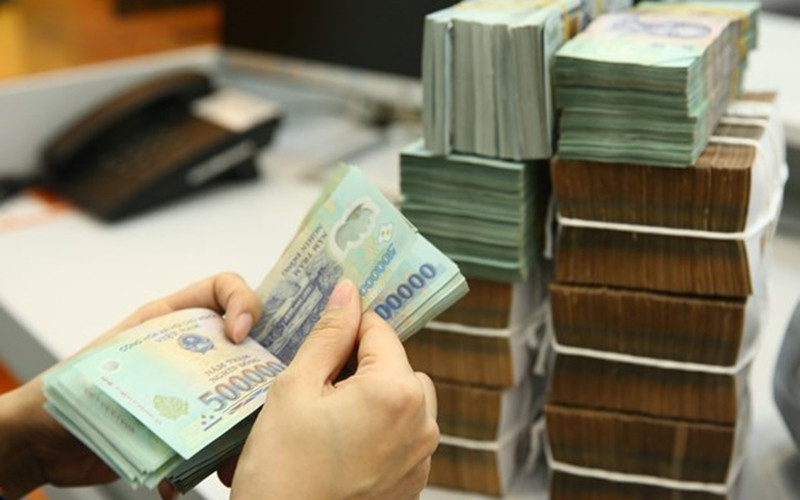



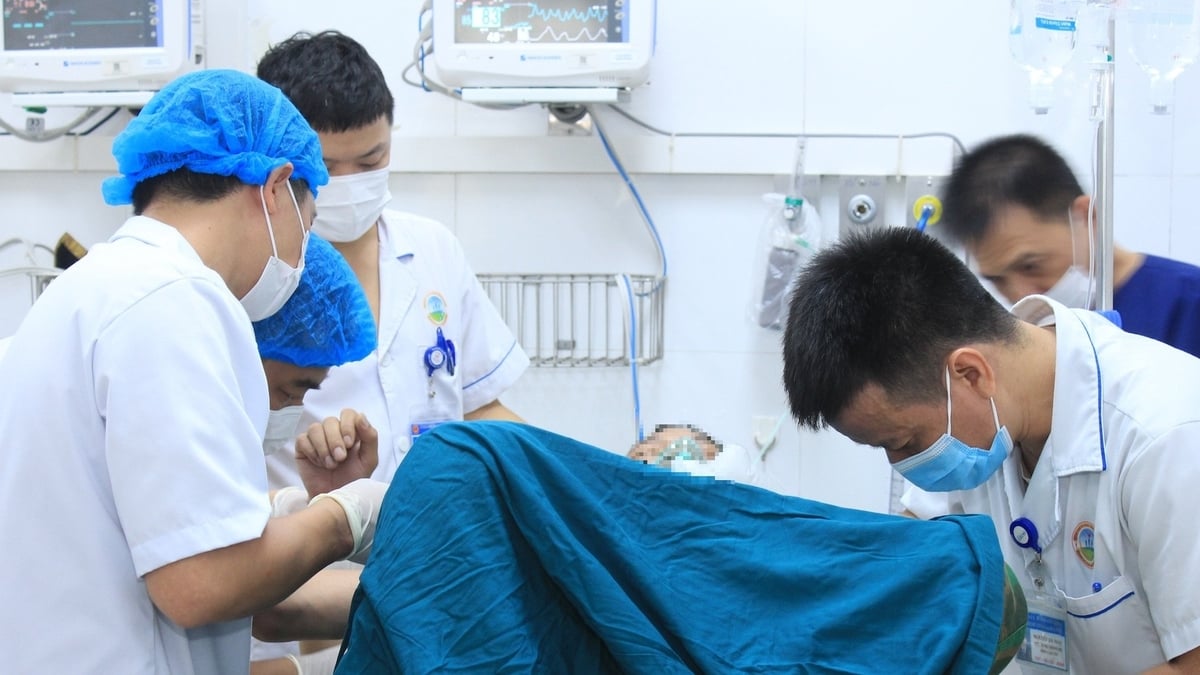



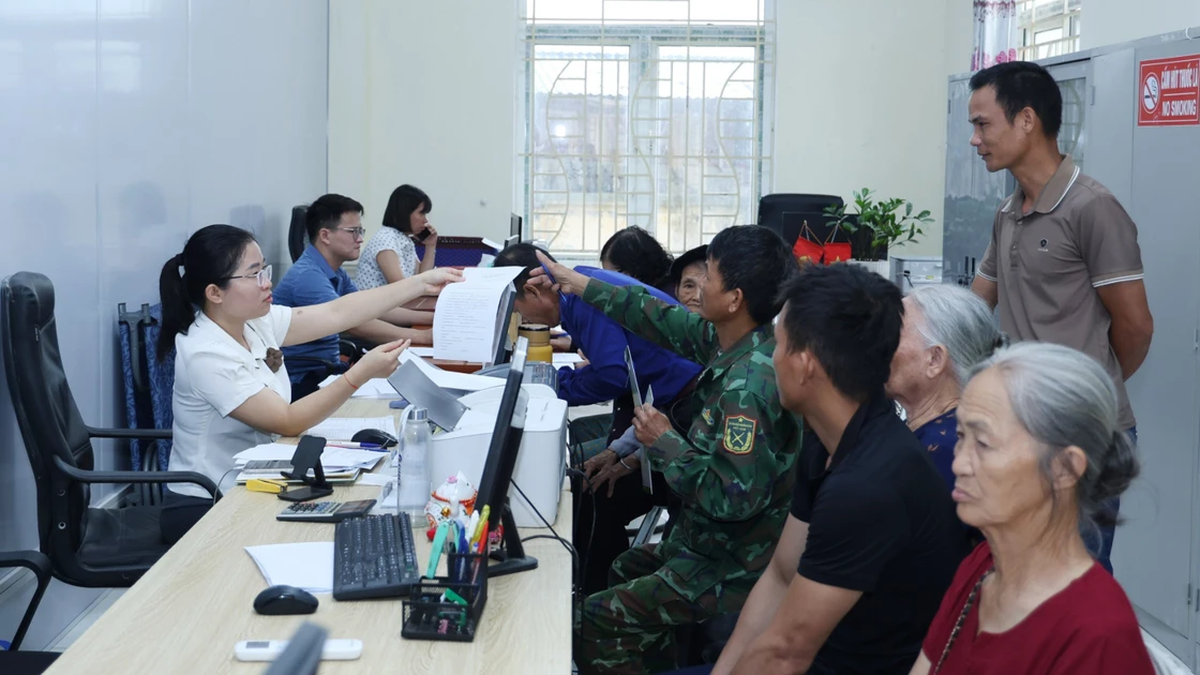
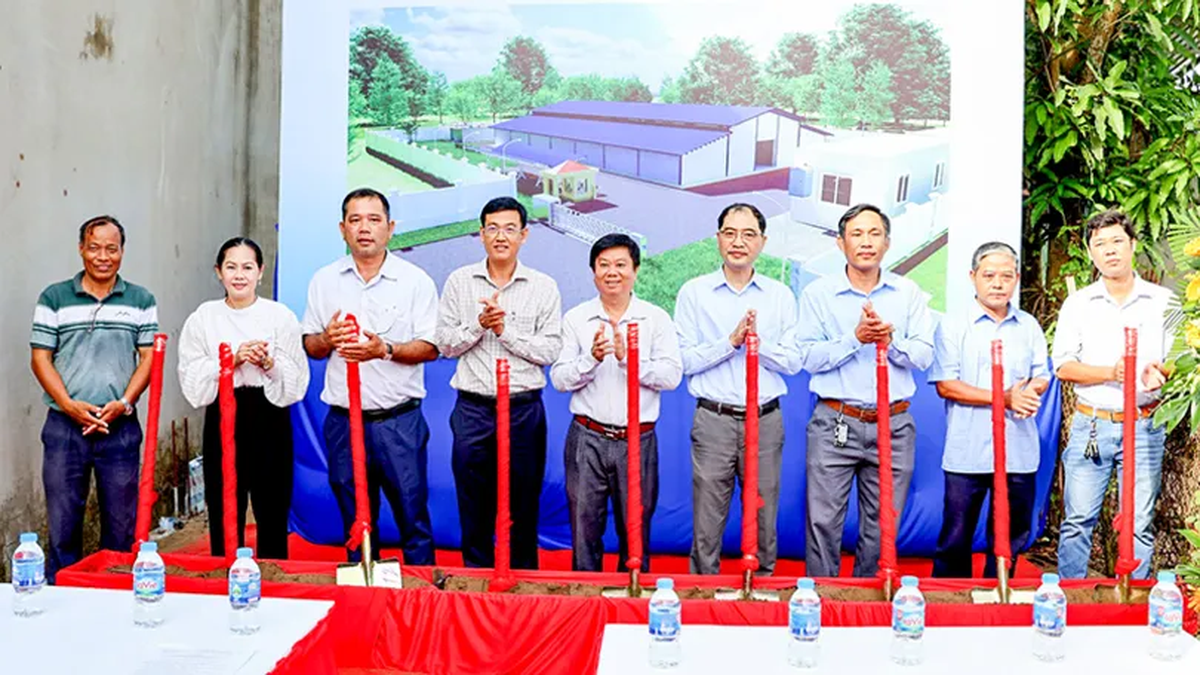
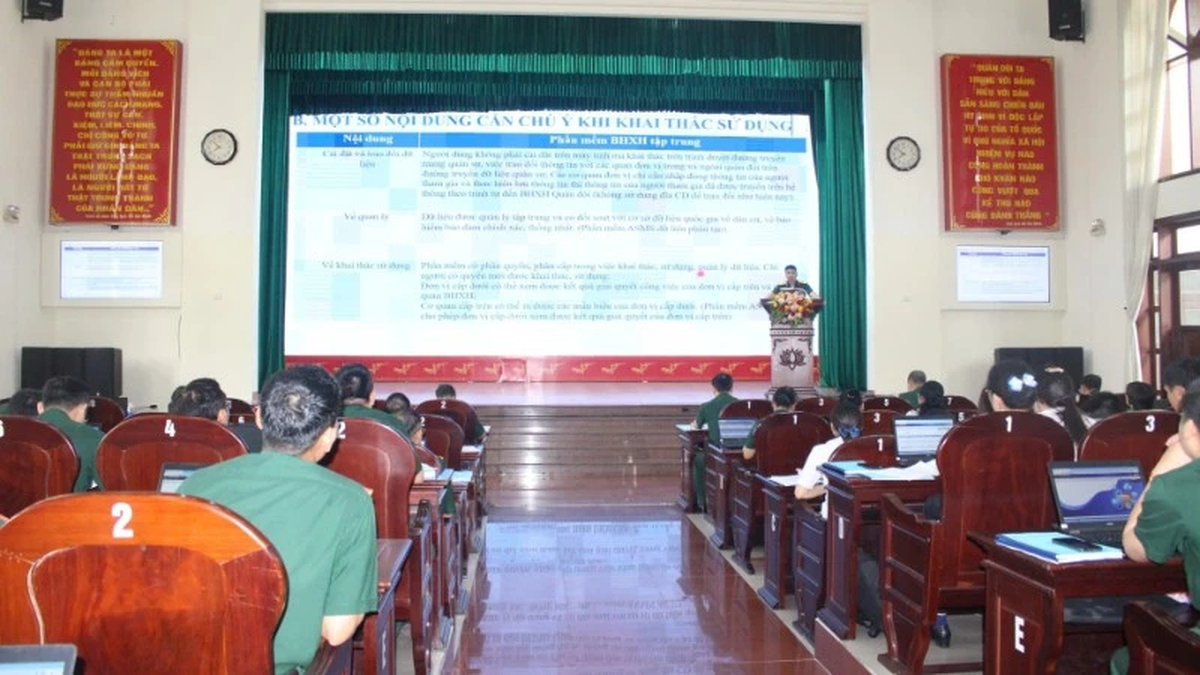


























































































Comment (0)